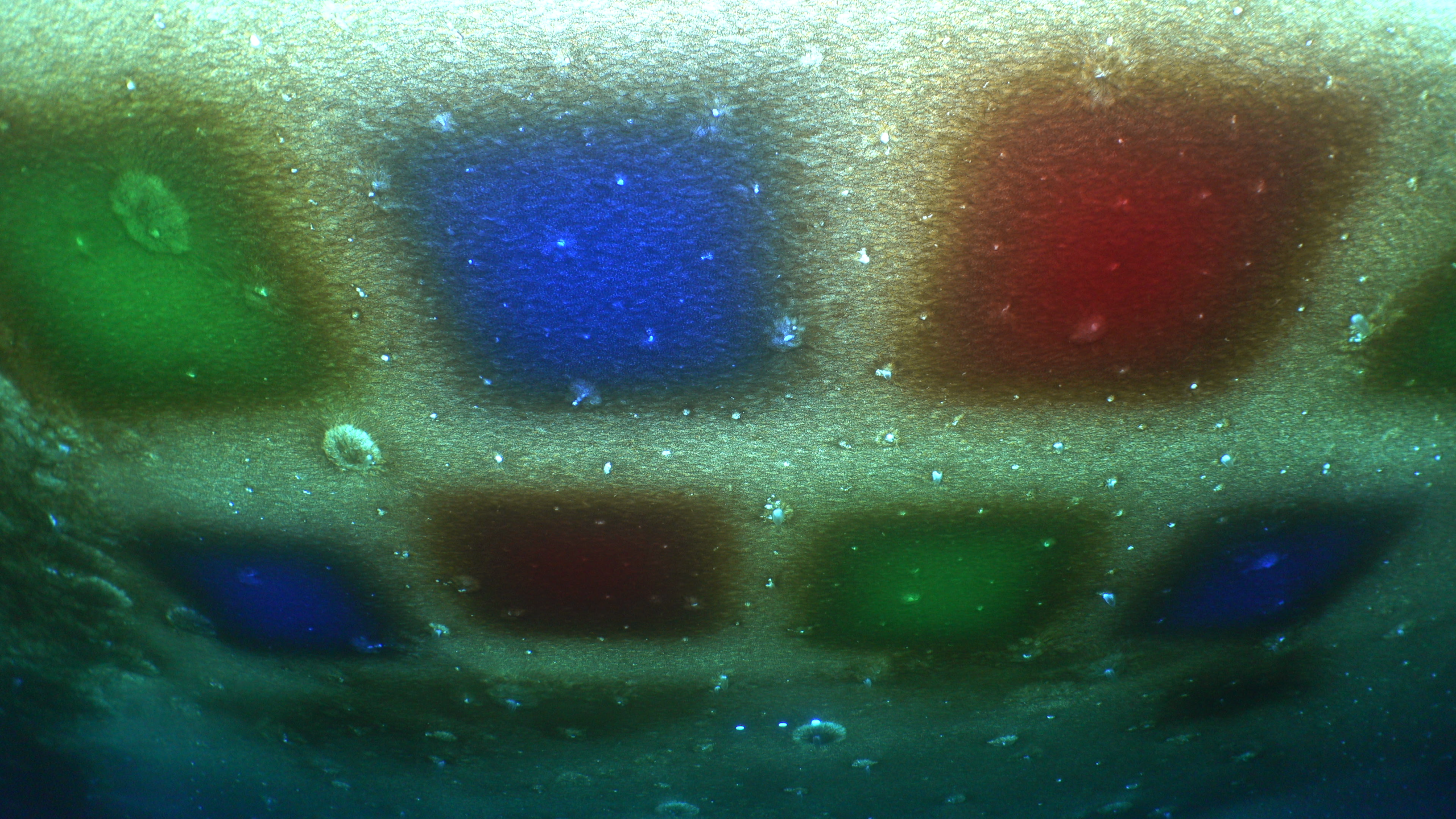New research reveals Australia may be severely underestimating bushfire risk

A study of sea salt in Antarctic snowfall reveals why Australia could be underprepared for bushfire seasons.
Climate scientists have warned that Australia could be facing bushfires that are even more devastating than the 2019/20 Black Summer bushfires. Their warning is based on a new study of Australia’s historic weather patterns that reveals new insights into the frequency and severity of bushfires in Australia.
The size of weather systems that cause extreme bushfire weather in Australia are so big that they also impact Antarctic weather at the same time. This ‘weather bridge’ between the two continents is preserved in the ice core record as changes in sea salt concentration.
The study found that Australia is severely underestimating the threat of catastrophic bushfires.
Even though the 2019/20 Black Summer bushfire conditions were unprecedented since observations began in 1950, the research showed that similar or worse bushfire weather has occurred before.
Lead author Dr Danielle Udy is a recent PhD graduate from the Institute for Marine and Antarctic Studies at the University of Tasmania (IMAS at UTAS) and the ARC Centre of Excellence for Climate Extremes. She is now a Postdoctoral Research Associate at the ARC Australian Centre for Excellence in Antarctic Science (ACEAS). She says the study found new ways to use existing data from ice cores to extend the historical record of extreme bushfire weather.
“The ice core data shows that at least seven times over the last 2000 years, bushfire weather in southeast Australia was as bad or worse than during the Black Summer bushfires of 2019/20,” Dr Udy said.
“We know how devastating the 2019/20 Black Summer bushfires were, but these new findings show natural climate variability can produce even more severe bushfire weather.”
“On top of that, climate change is further adding to the intensity and frequency of severe bushfire weather.”
The researchers measured the concentration of sea salt particles (known as aerosols) preserved in the Law Dome ice core in East Antarctica to reconstruct bushfire weather patterns in southeast Australia over the past 2000 years.
“The sea-salt aerosol records captured in Antarctica go much further back than our weather records in Australia,” Dr Udy said.
“Buried in the ice is a warning: This isn’t just a future risk. We need to plan for bushfire seasons worse than the Black Summer.”
The paper’s co-author, Dr Tessa Vance, Senior Research Associate at the Australian Antarctic Program Partnership, added that “drilling ice cores from places such as Law Dome has given us valuable datasets of past climate that enable us to put recent extreme events into context.”
Natural climate variability and climate change are interconnected
The study reveals an important link between Australia’s bushfire weather and sea salt preserved in the Antarctic ice sheet; it found that decreased sea salt concentrations in the Law Dome ice core are connected to increased bushfire weather in southeast Australia.
The researchers explained that this phenomenon is attributed to a northward shift of the westerly winds around Antarctica, which brings more summer cold fronts to southern Australia. These weather conditions are more likely to happen when the Southern Annular Mode is negative. Since the Black Summer, the Southern Annular Mode has been mostly positive – which has contributed to our past three years of wet summers.
Co-author Professor Nerilie Abram, Deputy Director of ACEAS at the Australian National University, explained: “We knew that the Black Summer was caused by multiple factors aligning: drought, natural climate variability and human-caused climate change. We now have a better understanding of what is possible from natural climate variability, and how unusual the extreme conditions were during the Black Summer.”
Professor Neil Holbrook from IMAS at UTAS, added: “This research highlights the remarkable link between an Antarctic ice record and weather pattern connections to Australia’s climate variability and extremes, focused here on bushfire weather.”
Climate change makes extreme bushfire weather more likely
Climate change is bringing more frequent and more severe bushfire weather. This trend is projected to continue. But quantifying the impacts of climate change on bushfire weather in the southeast Australian regions hardest hit by the Black Summer bushfires is difficult. This is because the climate in these mostly coastal or alpine regions varies a lot. And there is only a relatively short record of Australian weather observations.
Associate Professor Anthony Kiem from the University of Newcastle explained: “Our previous work has shown that the ~120 years of rainfall observations we have do not fully cover the range of drought conditions that have occurred in the past 2000 years. Worse, our bushfire weather observations only extend back to 1950. This means that prior to this study we had limited insights into how bad bushfires can really be due to natural climate variability alone.”
“This work emphasises the need for Australia’s bushfire risk estimation and planning to consider the full range of plausible natural variability in Australia’s bushfire weather as well as projected impacts of climate change.”
The researchers said it is only a matter of time before the conditions necessary for severe bushfire seasons align again. They say there is an urgent need for bushfire planning and risk mitigation strategies to prepare for bushfire seasons that could be much worse than those experienced since observational records began in 1950.
This study was a collaboration between the ARC Centre of Excellence for Climate Extremes, the Institute for Marine and Antarctic Studies and the Australian Antarctic Program Partnership at the University of Tasmania, and the Australian Centre for Excellence in Antarctic Science.
PAPER
Danielle G. Udy, Tessa R. Vance, Anthony S. Kiem, Neil J. Holbrook, Nerilie Abram. (2024). ‘Australia’s 2019/20 Black Summer fire weather exceptionally rare over the last 2000 years’. Nature Communications Earth & Environment. DOI: 10.1038/s43247-024-01470-z


